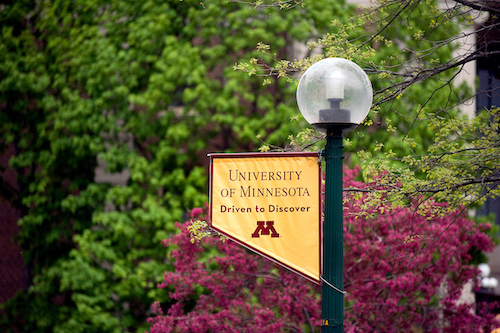
ANBL2131/MT2024-35- A Phase 3 Study of Dinutuximab Added to Intensive Multimodal Therapy for Children with Newly Diagnosed High-Risk Neuroblastoma

This phase III trial tests how well adding dinutuximab to induction chemotherapy along with standard of care surgery radiation and stem cell transplantation works for treating children with newly diagnosed high risk neuroblastoma. Dinutuximab is a monoclonal antibody that binds to a molecule called GD2, which is found in greater than normal amounts on some types of cancer cells. This helps cells of the immune system kill the cancer cells. Chemotherapy drugs such as cyclophosphamide, topotecan, cisplatin, etoposide, vincristine, dexrazoxane, doxorubicin, temozolomide, irinotecan and isotretinoin, work in different ways to stop the growth of cancer cells, either by killing the cells, by stopping them from dividing or by stopping them from spreading. During induction, chemotherapy and surgery are used to kill and remove as much tumor as possible. During consolidation, very high doses of chemotherapy are given to kill any remaining cancer cells. This chemotherapy also destroys healthy bone marrow, where blood cells are made. A stem cell transplant is a procedure that helps the body make new healthy blood cells to replace the blood cells that may have been harmed by the cancer and/or chemotherapy. Radiation therapy is also given to the site where the cancer originated (primary site) and to any other areas that are still active at the end of induction.
• Age: less than or equal to 30 years at the time of initial diagnosis with high-risk disease Diagnosis
• Must have a diagnosis of NBL or ganglioneuroblastoma (nodular) verified by tumor pathology analysis or demonstration of clumps of tumor cells in bone marrow with elevated urinary catecholamines
• Newly diagnosed, HRNBL defined as one of the following: a. Any age with International Neuroblastoma Risk Group (INRG) Stage L2, MS, or M and MYCN amplification b. Age:: greater than or equal to 547 days and INRG Stage M regardless of biologic features c. Any; age initially diagnosed with INRG Stage L1 MYCN amplified NBL who have progressed to Stage M without systemic chemotherapy d. Age: greater than or equal to 547 days of age initially diagnosed with INRG Stage L1, L2, or MS who have progressed to Stage M without systemic chemotherapy BSA: Patients must have a BSA greater than or equal to 0.25 m2
• Patients who are 365-546 days of age with INRG Stage M and MYCN non-amplified NBL, irrespective of additional biologic features.
• Patients ≥547 days of age with INRG Stage L2, MYCN non-amplified NBL, regardless of additional biologic features.
• Patients with known bone marrow failure syndromes.
• Patients on chronic immunosuppressive medications
• Patients with a primary immunodeficiency syndrome who require ongoing immune globulin replacement therapy.
• Female patients who are pregnant or breastfeeding their infant.
Cancer
neuroblastoma